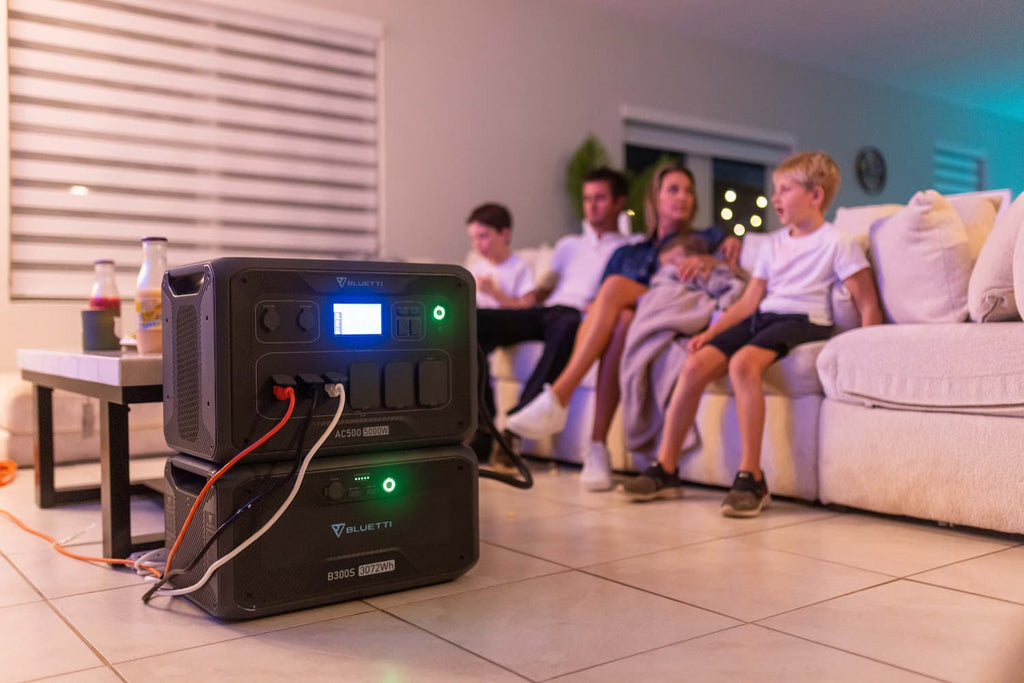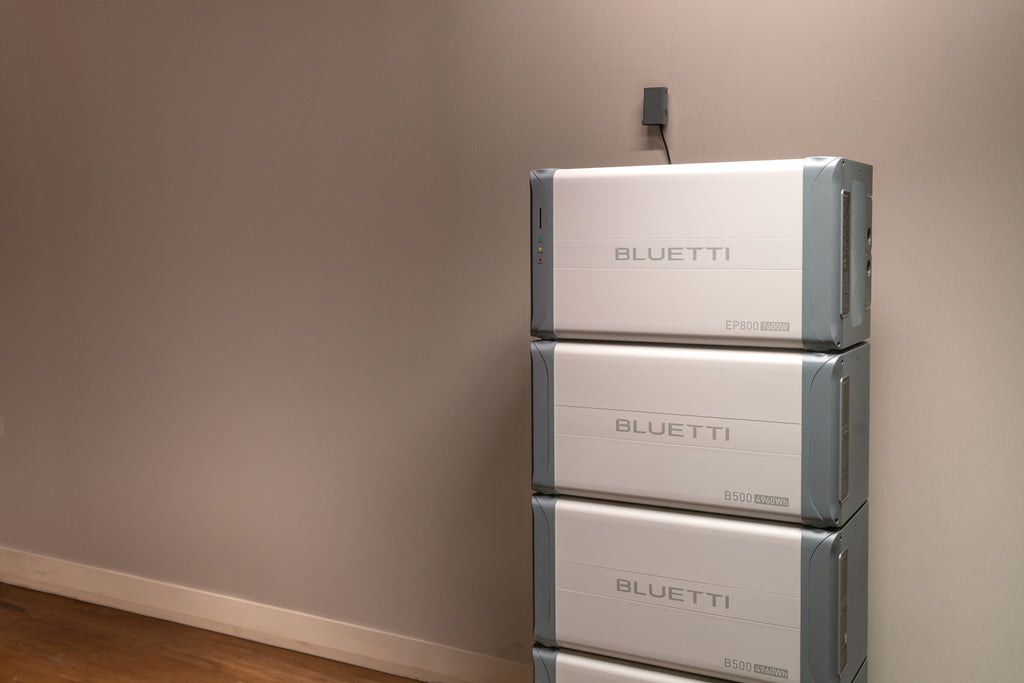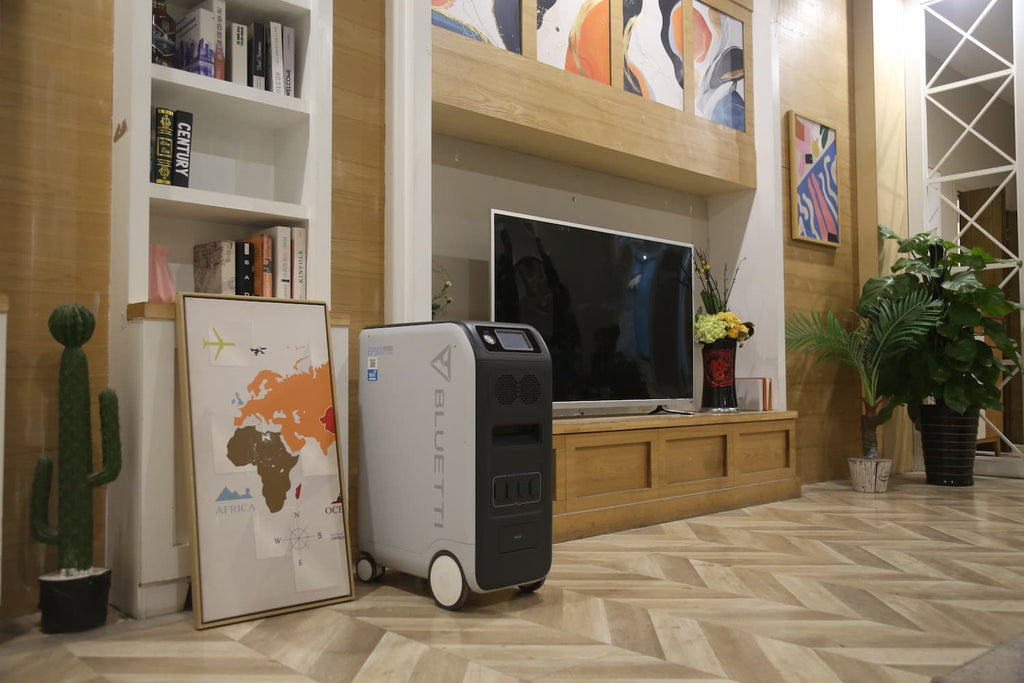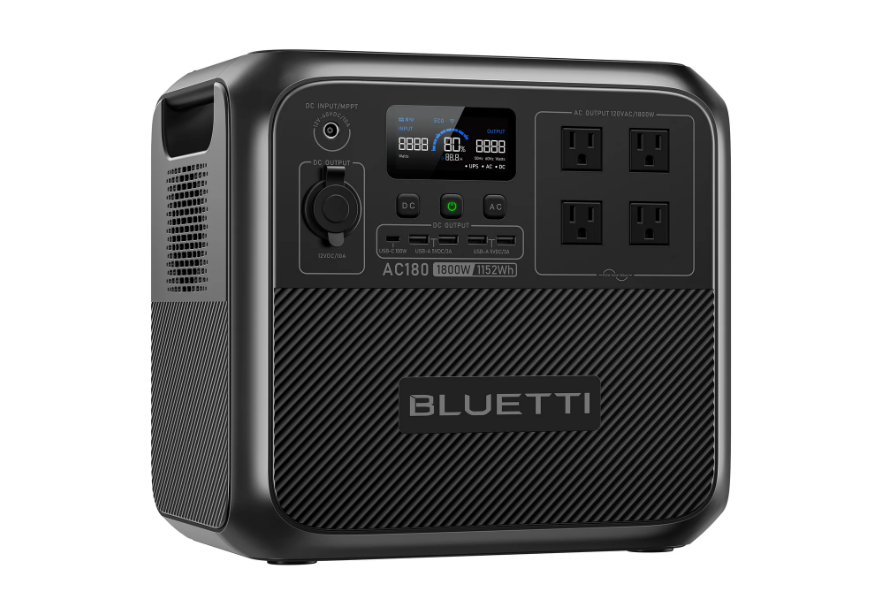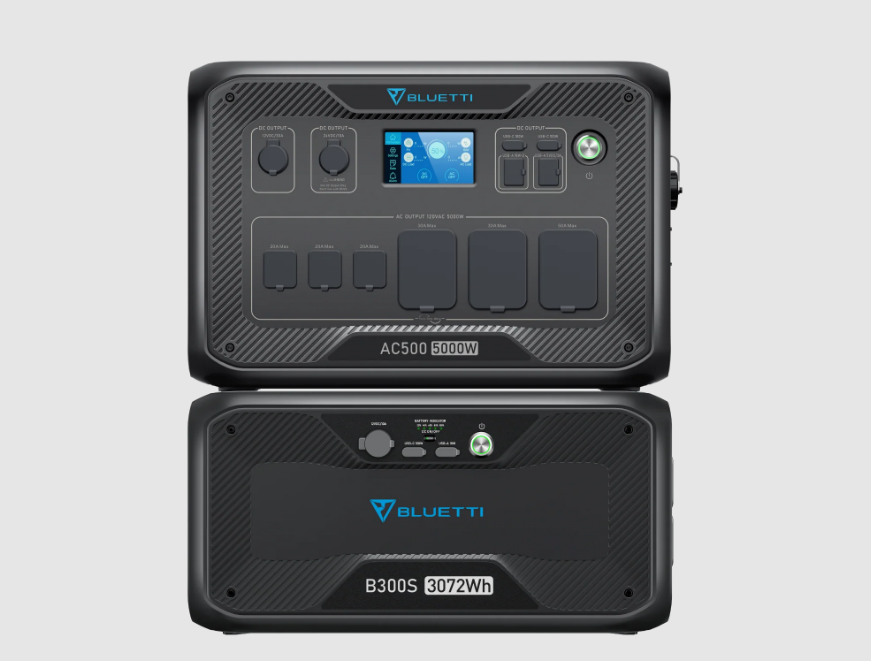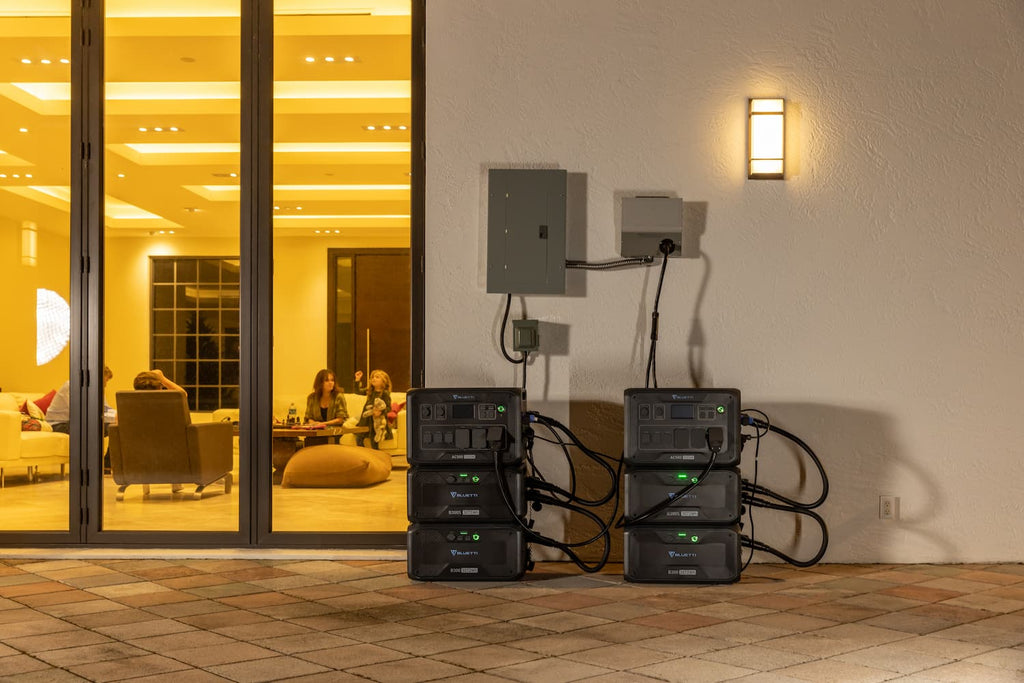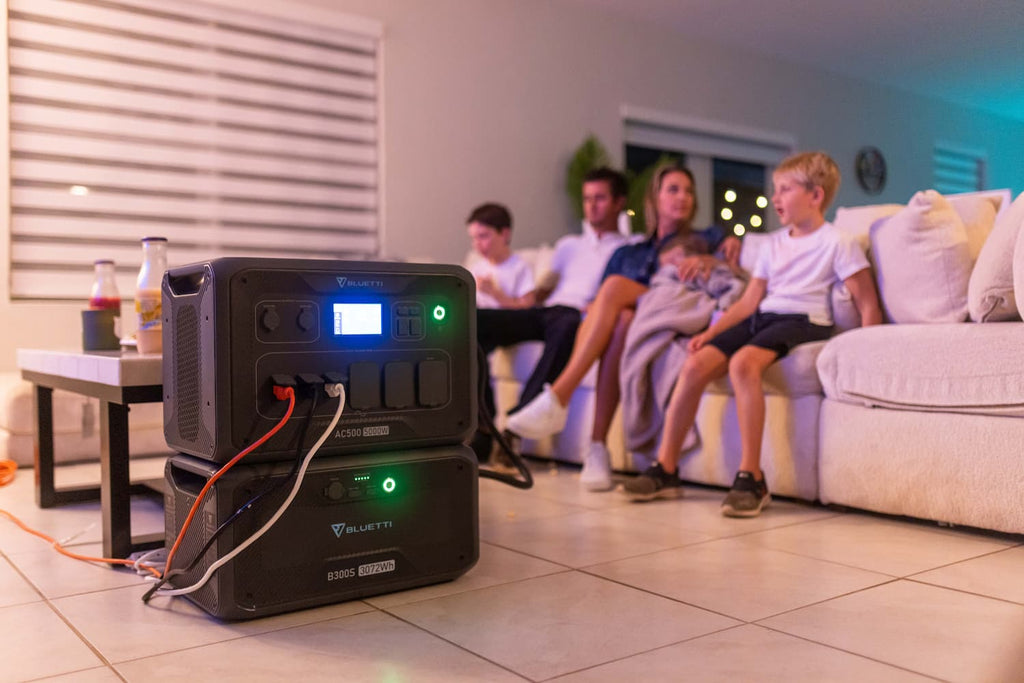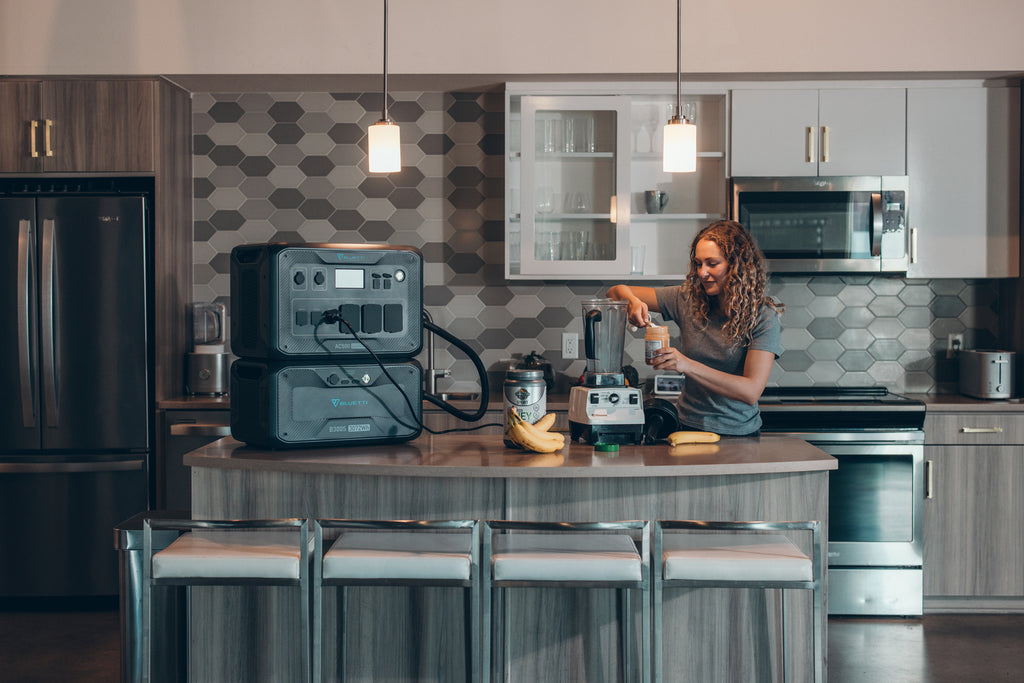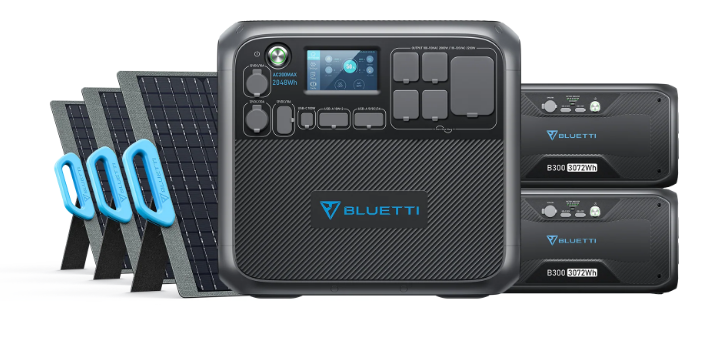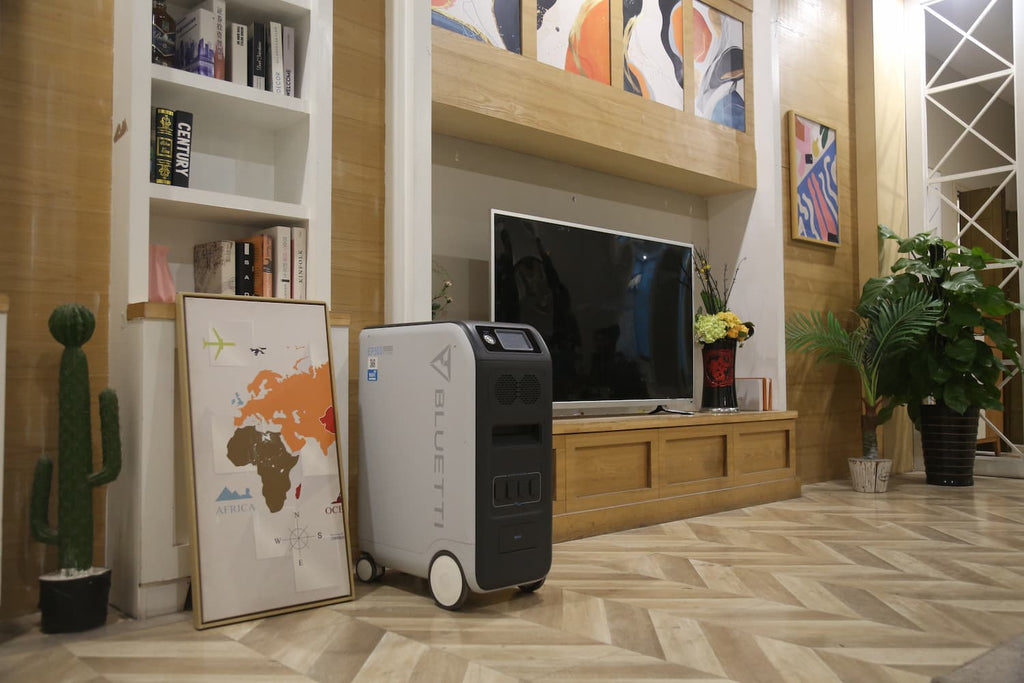1. Keep Your HVAC System In Optimal Condition
Let’s face it - often, half of most homes' energy bills go to costs of heating and cooling. Having an inefficient HVAC system can lead to uneven heating and cooling of your house, causing it to run for longer, consuming excess electricity.
To mitigate this, you can schedule sporadic inspections. Fortunately, it is not expensive. Have a professional contractor check your system after six or so months. This way, you can rest assured that it will work efficiently during winter and summer seasons.
Individually, you can inspect and clean air filters. As mentioned, dirt can cause the system to work harder, increasing energy costs. If possible, check the air filters once a month. Clean not-so dirty filters and change those that require replacement.
2. Set Thermostat Temperature Higher

Another straightforward way to save money on your electricity bill in summer is to keep your home warmer. And you can do this by setting the thermostat at a higher temperature than usual. Keeping your home at 78 degrees Fahrenheit during the day can significantly reduce energy costs according to the US Department of Energy.
And if you want maximum savings, you can set it to 85 degrees Fahrenheit during the day and 82 degrees Fahrenheit during the night. However, 85 and 82 degrees can be too high for most people. As such, we recommend setting it 7 to 10 degrees higher than usual. This way, you can save up to 10% per year.
For better energy efficiency, you should also install it in the right place. Ideally, you should not install it near windows, doors, or vents. Likewise, avoid places with direct sunlight as this might cause it to start unexpectedly.
3. Install a Smart Thermostat
Upgrading to a smart thermostat can significantly improve your home’s energy efficiency. As you’d expect, the thermostat automatically adjusts your home’s temperature for optimal performance. Besides, you can adjust the settings remotely for improved efficiency.
Another impressive feature is its ability to adjust itself based on your routine. For example, if you spend much of your time at home on Fridays, it will automatically adjust the temperature to suit a comfortable living space.
But that’s not all, a smart thermostat will send real time alerts, allowing your HVAC system to operate efficiently. For example, it can send notifications for temperature trends, filter changers, system failure, and energy use. These impressive features combined will eventually enable you to save money on energy costs in summer.
4. Use a Solar Generator Kit
A solar generator kit can reduce your energy costs significantly. For one, it does not use fossil fuel or the grid to recharge. Rather, it uses solar, which is renewable. And since there’s more than enough sunlight in summer, you can rest assured it will be fully charged within a few hours.
Besides, there are more robust solar generator kits that can run a whole house. With them, you can enjoy summer without even drawing electricity from the grid. And BLUETTI has some of the best units in the market.
Take the BLUETTI AC200MAX + 2*B230 + 3*PV200 | Solar Generator Kit as an example. It comes with three robust portable solar panels. They offer 23.4% efficiency meaning they can charge the solar generator within a few hours. And since the generator has a 2048Wh capacity, it can power most electrical devices ranging from smartphones to lighting systems.
Thanks to the modular design, you can add up to two B230 expandable batteries for increased capacity. It also comes with other impressive features such as smart control capability, seven recharging options, and a LiFePO4 battery.
Another viable option is the BLUETTI EP500 + 3*PV200 | Solar Generator Kit. This is an ideal option for homes with higher energy needs. It has a 5120Wh capacity, ideal to run small to large appliances. In fact, you can connect your heating and cooling system and still enjoy optimal temperatures.
The three included PV200 solar panels provide ample power output to charge the generator in a few hours. And that’s not all, you get an app for remote monitoring. The included smart touchscreen ensures seamless use. And the rubberized wheels provide hassle-free transportation.
5. Unplug Electronics When Not In Use
Contrary to popular belief, turning off your appliances does not necessarily mean they are not using energy. This is especially true when you turn them off and leave them running. Think of TV sets, laptops, coffee makers, phone and laptop chargers.
According to a study by The Nature Resources Defence Council, unplugged devices use energy known as phantom power. In fact, phantom power accounts for almost a quarter of power consumption in most homes in states such as California.
Some appliances you should keep unplugged include small kitchen appliances such as microwaves and food processors. Do not leave your charges plugged in. The same case applies to your entertainment system. Ensure to plug your TV, stereo system, and even decorative LED lights. Of course, unplug your laptop and computer when not in use.
That said, you can leave non-digital electronics plugged in as they do not have standby modes.
6. Insulate Your Home
You need adequate insulation to prevent your AC system from operating at full power. And one way to go about it is to check your current insulation setup. As you’d expect, most homes are not adequately insulated due to using substandard insulation material or improper insulation.
This often leads to temperature fluctuations and high energy bills. To mitigate this, have a professional insulation company inspect your house. In addition, use insulation material with a high R-value. This ensures adequate insulation, preventing entry of warm air or loss of cool internal air.
While most homeowners overlook their attic, you should in fact insulate it as you would any other room. During the summer, the attic gets extremely hot drawing cool air from your home. In return, the HVAC system works harder to lower the temperature levels causing energy bills to increase.
7. Use ENERGY STAR Appliances

All ENERGY STAR appliances meet the rigorous energy-efficiency guidelines set by the U.S. government to reduce emissions and use of energy. An ENERGY STAR rated air conditioner, for example, will use 15% less energy than a conventional unit. This significantly reduces your energy bills.
By using less energy, they also help reduce greenhouse gas emissions. The best part is that over 65 different types of products are ENERGY STAR rated. Think of consumer electronics, office equipment, and lighting systems. In short, you can replace just about any appliance in your home with an energy-efficient option.
8. Use Natural Ventilation
If you live in an area with clean and healthy air, you can take advantage of natural ventilation. It is cooling and ventilating your home using the natural movement of air. While there are many ways to achieve ventilation, the most popular is through windows and doors.
Simply open your windows and doors to allow fresh and cool air to flow into your home. Another way is to install vents to your roof or walls. This can help increase airflow in and out of your building.
You can even install a wind tower. The vertical shaft captures and directs airflow into your home. Whether you open doors and windows or use a wind tower, natural ventilation will no doubt keep your home cool in summer, reducing your energy costs.
9. Use WIndow Treatments
Did you know using window treatments like blinds and drapes can reduce your energy bills by 20%? In summer, window treatments block the sun keeping your home cooler, meaning the HVAC system won’t run at full power.
10. Avoid Using Appliances During Peak Hours
As you’d expect, your electricity provider can charge you more during certain hours of the day referred to as peak hours. During this period, there’s high demand for electricity hence the high rates. In fact, the rates can be twice as high than those they charge during off-peak hours. So, consider using energy-intensive appliances during off-peak hours to reduce your electricity bills.
Final Thoughts
If you want to save money on your electricity, you can follow either of the above tips. Consider installing a solar system to reduce your energy costs and even earning extra money through net metering.
]]>




































